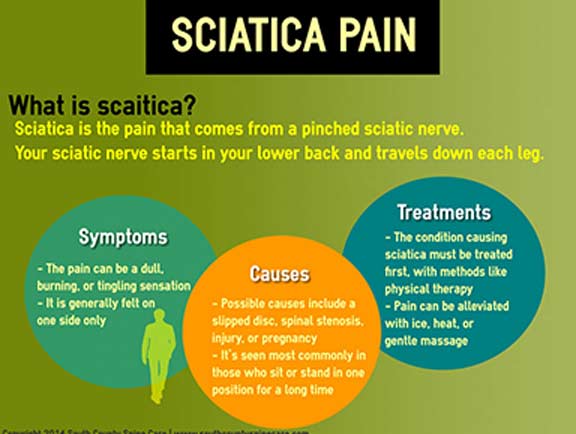The Relevance Of Chiropractic Treatment In Chronic Pain Administration
The Relevance Of Chiropractic Treatment In Chronic Pain Administration
Blog Article
Published By-Balslev Holland
Persistent discomfort can dramatically influence your day-to-day live, making simple tasks testing. You might discover traditional treatments failing, which is where chiropractic treatment comes into play. By concentrating on spinal positioning and general body function, chiropractic therapies aim to attend to both the physical and emotional aspects of discomfort. However exactly how specifically do these strategies work, and what benefits can they attend to your long-term health? Allow's explore additionally.
Recognizing Chronic Discomfort and Its Impact
Persistent pain can feel frustrating, especially when it interrupts your day-to-day live and activities. You might struggle with basic tasks, really feeling worn down and discouraged.
This persistent pain can affect your mood, connections, and overall lifestyle. It's not just about the physical discomfort; emotional and psychological health often takes a hit, also. You might find yourself withdrawing from social tasks or preventing workout, which can bring about a cycle of isolation and further discomfort.
Understanding the nature of your persistent discomfort is critical. It's necessary to recognize the effect it has on your life, so you can seek reliable ways to handle it. By acknowledging this battle, you set the stage for discovering solutions that can help you restore control.
Chiropractic Care Techniques for Discomfort Monitoring
Numerous chiropractic care strategies can efficiently relieve discomfort and enhance your lifestyle. One common technique is back control, which straightens your back, soothing pressure on nerves and lowering discomfort.
You may additionally benefit from mobilization, where your chiropractor gently extends and moves your joints to enhance variety of movement and decrease rigidity. One more strategy, soft cells therapy, targets muscle mass stress and knots, advertising leisure and recovery.
You may additionally experience gain from therapeutic exercises that strengthen your body and stop future discomfort. Your chiropractic physician may incorporate methods like ultrasound or electric excitement to better reduce swelling and boost healing.
The Perks and Scientific Research Behind Chiropractic Treatment
When it involves managing pain, chiropractic care supplies countless advantages sustained by clinical research study. You'll discover that chiropractic care modifications can enhance spine positioning, which might relieve pressure on nerves and lower pain.
Researches reveal that patients usually experience lowered discomfort and enhanced mobility after therapy. In addition, chiropractic care emphasizes an alternative method, concentrating on the general wellness of your body. Many individuals report enhanced quality of life and decreased reliance on drugs.
Furthermore, chiropractic care can match other treatments, making it a flexible option suffering administration. By choosing https://chiropractorinmyarea95162.blogpayz.com/35132813/look-into-the-powerful-results-of-incorporating-chiropractic-care-therapy-with-different-healing-techniques-for-a-full-method-to-total-wellness-and-healing , you're not simply attending to symptoms; you're likewise advertising long-lasting health and wellness and wellness, helping your body heal and operate more effectively.
Final thought
In conclusion, chiropractic therapies supply an all natural strategy to handling persistent discomfort, addressing both your physical and emotional health. By making use of techniques like spinal control and soft cells treatment, you can experience remedy for discomfort and gain back flexibility. Welcoming chiropractic treatment not just helps in reducing swelling and nerve stress but also boosts your overall quality of life. If learn this here now fighting with persistent discomfort, consider integrating chiropractic care therapies into your health routine for a healthier, extra well balanced you.
